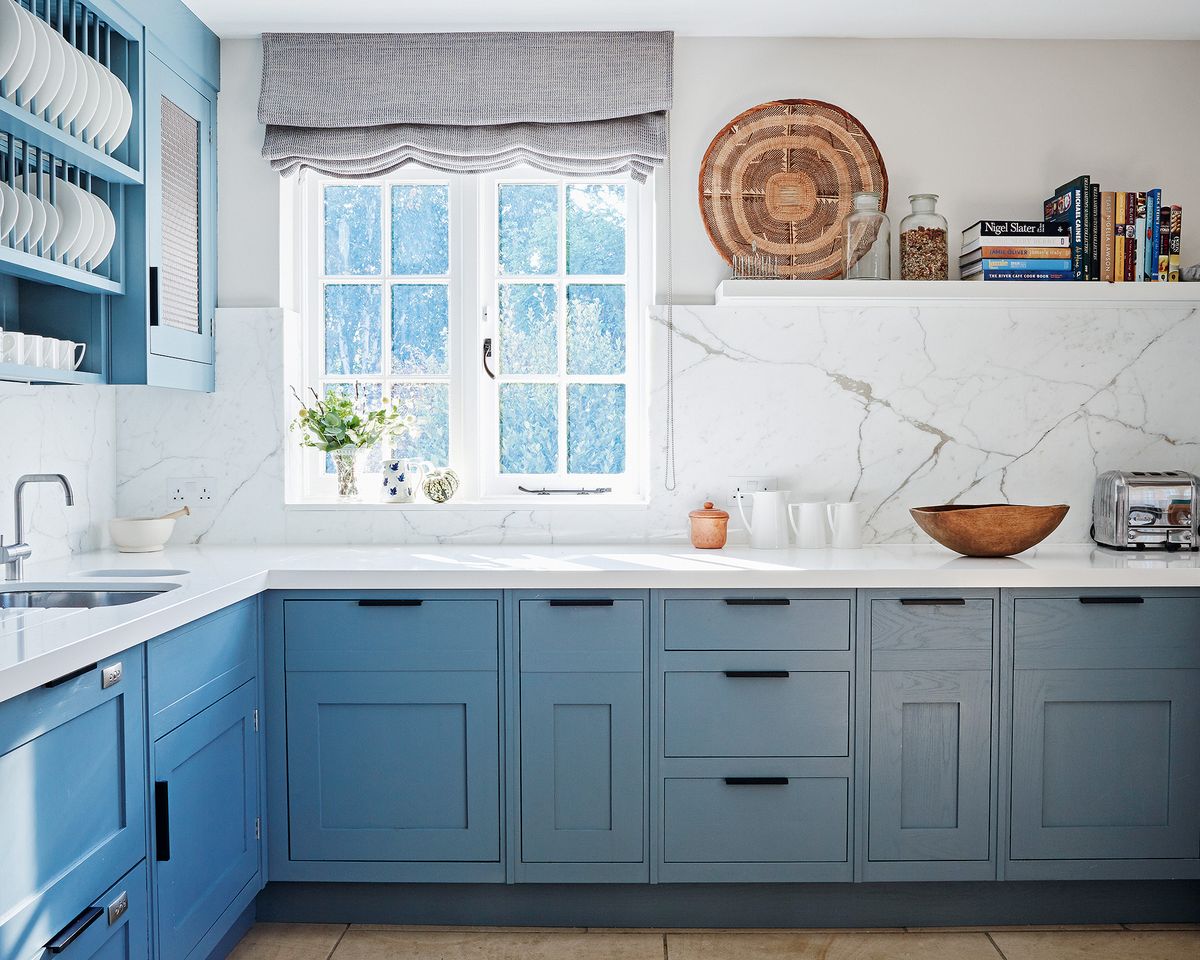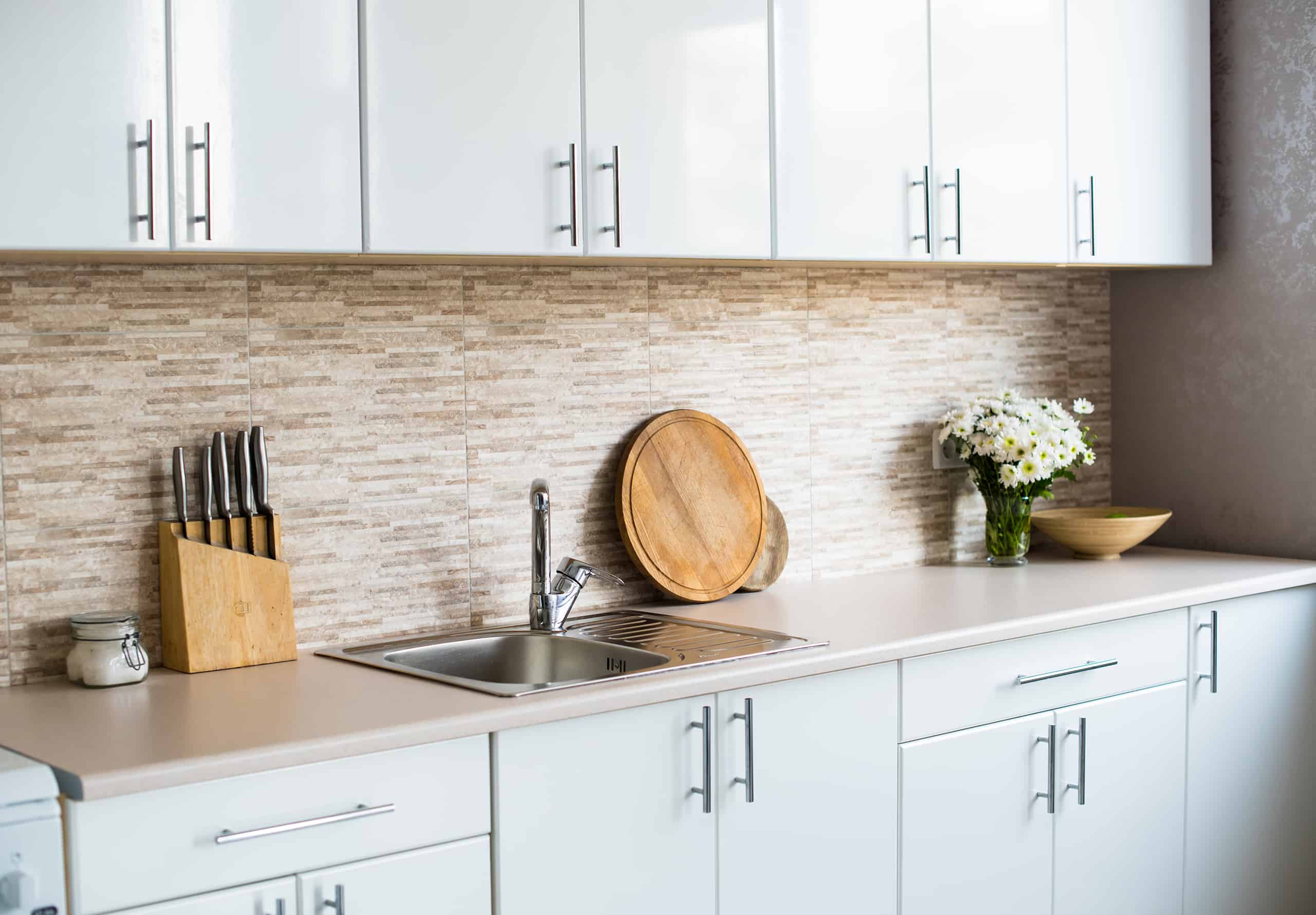Choosing the Right Handles

Choosing the right handles for your kitchen cabinets is an important decision that can significantly impact the overall look and feel of your space. The handles you select should complement your kitchen’s style, enhance functionality, and add a touch of personality.
Types of Handles
The variety of cabinet handles available is vast, encompassing various materials, styles, and finishes.
- Pull Handles: These are the most common type of cabinet handles, featuring a bar or lever that protrudes from the cabinet door. Pull handles come in a wide range of sizes, shapes, and materials, including metal, wood, and ceramic. They offer a comfortable grip and are suitable for all cabinet styles.
- Knobs: Knobs are typically round or square and are attached to the cabinet door with a single screw. They are often preferred for their minimalist design and ease of use. Knobs are available in a variety of materials, including metal, crystal, and ceramic, and can be found in various finishes to match any kitchen style.
- Cup Pulls: These handles feature a recessed cup that provides a secure grip. Cup pulls are often used on drawers and can add a touch of elegance to a kitchen. They are typically made of metal and come in a range of finishes.
- Bar Pulls: These handles are similar to pull handles but have a longer, more substantial bar. Bar pulls are often used on large cabinet doors and can add a modern or industrial touch to a kitchen.
Materials and Finishes
The material and finish of your cabinet handles will play a significant role in the overall aesthetic of your kitchen.
- Metal: Metal handles are durable, versatile, and available in a wide range of finishes. Common metal options include stainless steel, nickel, brass, and bronze. Stainless steel is a popular choice for its modern look and resistance to rust. Nickel offers a more traditional look and can be found in various finishes, including brushed nickel, polished nickel, and oil-rubbed bronze.
- Wood: Wood handles can add warmth and a rustic touch to a kitchen. They are often made from hardwoods such as oak, maple, or walnut and can be stained or painted to match the cabinetry.
- Ceramic: Ceramic handles can add a touch of elegance and sophistication to a kitchen. They are often available in a variety of colors and patterns and can be used to create a unique and personalized look.
Matching Handles to Kitchen Style
Selecting handles that complement your kitchen’s style is crucial for creating a cohesive and harmonious look.
- Modern: Modern kitchens often feature clean lines, minimalist designs, and sleek finishes. For a modern kitchen, consider using metal handles with simple shapes and finishes like brushed nickel or stainless steel. Bar pulls or cup pulls can also be effective in a modern setting.
- Traditional: Traditional kitchens often feature ornate details, warm colors, and classic designs. For a traditional kitchen, consider using metal handles with decorative details, such as knobs with floral patterns or pulls with intricate designs. Wood handles can also be a good choice for a traditional kitchen.
- Rustic: Rustic kitchens often feature natural materials, distressed finishes, and a relaxed atmosphere. For a rustic kitchen, consider using wood handles or metal handles with a distressed finish. Cup pulls or bar pulls can also add a touch of rustic charm.
Measuring Handles
- Handle Length: The length of your cabinet handles should be proportional to the size of your cabinets. For smaller cabinets, use shorter handles, and for larger cabinets, use longer handles. A good rule of thumb is to choose handles that are about one-third the width of the cabinet door.
- Handle Spacing: The spacing of your cabinet handles is also important for functionality and aesthetics. For drawers, handles should be spaced about 3-4 inches apart. For cabinet doors, handles should be spaced about 6-8 inches apart.
- Handle Placement: The placement of your cabinet handles can also affect the overall look of your kitchen. For a more modern look, place handles closer to the top of the cabinet door. For a more traditional look, place handles closer to the center of the cabinet door.
Installing Handles on Kitchen Cabinets

Installing handles on kitchen cabinets is a straightforward process that can significantly enhance the look and functionality of your kitchen. With the right tools and materials, you can easily attach handles to your cabinets and give them a fresh, updated feel.
Tools and Materials
Having the necessary tools and materials will make the installation process smoother and more efficient. Here’s a list of what you’ll need:
- Handles: Choose handles that complement your cabinet style and kitchen design.
- Screws: Ensure the screws are the correct length and compatible with your handles and cabinets.
- Measuring tape: For accurate handle placement and screw length measurement.
- Pencil: To mark handle placement on the cabinets.
- Drill: For drilling pilot holes for the screws.
- Drill bits: Choose drill bits that match the diameter of your screws.
- Screwdriver: For tightening the screws.
- Level: To ensure the handles are installed straight.
- Optional: Handle template (if using one).
Installing Handles
Installing handles on kitchen cabinets involves a few simple steps:
- Determine handle placement: Decide on the placement of your handles, keeping in mind the size of the cabinets and the desired look. For a consistent look, use a template or measure the distance between the center of each handle.
- Mark handle positions: Using a pencil, mark the center points where the handles will be attached. Use a level to ensure the marks are straight.
- Drill pilot holes: Drill pilot holes at the marked points using a drill bit that is slightly smaller than the diameter of the screws. This will prevent the wood from splitting when you screw in the handles.
- Attach the handles: Align the handles with the marked positions and secure them with the screws. Use a screwdriver to tighten the screws until the handles are firmly in place. Ensure the handles are level and straight before fully tightening the screws.
Using a Template
Using a template can simplify the process of installing handles, especially when installing multiple handles. Many handle manufacturers offer templates specifically designed for their products. These templates help you accurately mark the handle positions and ensure consistency throughout the installation.
Measuring Directly
If you don’t have a template, you can measure directly to determine handle placement. Measure the distance between the center of each handle and mark the positions on the cabinets. Ensure you measure accurately and use a level to ensure the marks are straight.
Important Considerations, How to add handles to kitchen cabinets
- Screw length: It’s crucial to choose screws that are long enough to securely attach the handles to the cabinets but not so long that they protrude through the other side. If the screws are too long, they could damage the cabinet or the wall behind it.
- Cabinet material: Different cabinet materials require different screw lengths and drill bit sizes. Consult the manufacturer’s instructions or a hardware store professional for guidance on appropriate screws and drill bits for your specific cabinets.
Tips and Considerations for Adding Handles: How To Add Handles To Kitchen Cabinets

Adding handles to kitchen cabinets is a great way to enhance their functionality and aesthetics. However, it’s essential to consider a few tips and tricks to ensure a successful and professional-looking installation. This section will guide you through the process, covering essential considerations for achieving a flawless finish.
Installing Handles Securely and Evenly
Installing handles securely and evenly is crucial for ensuring their longevity and the overall look of your kitchen cabinets. Here are some tips to achieve a professional finish:
- Use a Level: Before drilling, use a level to ensure the handle is perfectly horizontal or vertical, depending on its placement. This will help create a symmetrical and aesthetically pleasing look.
- Pre-Drill Holes: Pre-drilling holes slightly smaller than the screw diameter helps prevent the wood from splitting, especially for harder wood types.
- Use the Right Screws: Use screws that are the appropriate length for the thickness of your cabinet doors and drawers. Too short screws can loosen over time, while too long screws can damage the cabinet.
- Tighten Screws Evenly: Tighten screws evenly to prevent the handle from tilting or becoming loose. Overtightening can also damage the wood or the handle itself.
- Use a Pilot Hole for Handle Backplate: For handles with backplates, pre-drill a pilot hole for the backplate screws to prevent the wood from splitting. This ensures a secure and even installation of the backplate.
Aligning Handles with Cabinet Doors and Drawers
Proper alignment of handles is essential for a cohesive and professional look. Here’s how to achieve it:
- Measure and Mark: Use a measuring tape and pencil to mark the exact placement of the handles on each cabinet door and drawer. Ensure consistency in the spacing and placement of handles across all cabinets.
- Consider Door Thickness: Ensure the handle’s center is aligned with the center of the door’s thickness, not just the surface. This creates a balanced and aesthetically pleasing look.
- Use a Template: Some handle manufacturers provide templates that can be used to ensure consistent spacing and alignment across multiple cabinets.
Common Mistakes to Avoid
Knowing common mistakes can help you avoid them and achieve a successful installation. Here are some points to consider:
- Not Pre-Drilling: Skipping pre-drilling can lead to splitting the wood, especially for harder wood types.
- Using the Wrong Screws: Using screws that are too short or too long can result in loose handles or damage to the cabinets.
- Uneven Tightening: Tightening screws unevenly can cause the handle to tilt or become loose.
- Ignoring Backplate Screws: For handles with backplates, neglecting to use the backplate screws can lead to an unstable and insecure installation.
- Not Checking Alignment: Failing to check the alignment of handles can result in a messy and unprofessional look.
How to add handles to kitchen cabinets – Just as adding handles to kitchen cabinets can enhance their functionality and aesthetic appeal, so too can the addition of a stemware under cabinet rack elevate the organization and beauty of your kitchen. This clever solution allows you to showcase your finest glassware while maximizing precious counter space, reflecting the principle of finding harmony between form and function in every aspect of your life.
Adding handles to your kitchen cabinets is a simple yet impactful way to refresh your space. Consider the charm of antique pewter cabinet pulls to add a touch of history and elegance. These pulls not only offer functionality but also enhance the visual appeal, transforming your kitchen into a sanctuary of warmth and character.
